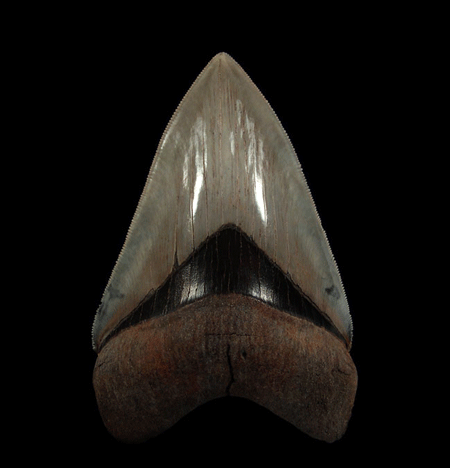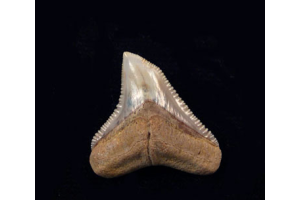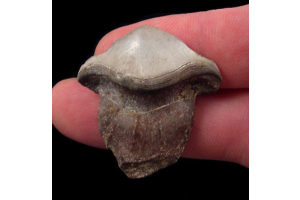
An Relic From the Deep Georgia's Oceanic Legacy
When we think of Georgia the image that pops up may be of lush countryside, peach orchards as well as the bustling metropolis of Atlanta. But Georgia is a place that's Peach State has an intriguing aquatic hidden treasure that lies beneath its shores that is The Georgia Megalodon tooth. The relic from the past is a testimony to an era that massive marine predators controlled the seas.
The Mystique of the Megalodon
The Prehistoric Predator: The Megalodon is often referred to as the largest of all seas was a huge shark that was alive thousands of years ago. Its size and predatory nature has led to it being the subject of numerous researches and speculations.
A Brief History of most intriguing mysteries of the Megalodon is its demise. There are many theories, ranging from changes in the climate to rivalries with other marine animals.
Discovery and Significance of the Georgia Megalodon Tooth
- Uncovering the past Discovering the Georgia Megalodon tooth was not just an important discovery for the state, but also for the entire field of paleontology. The tooth provides valuable information into the life of the animal as well as its diet and its environment.
- A portal for Ancient Oceans: Every Georgia Megalodon tooth is a tangible connection to an earlier time. They are a stark reminder of the ever-changing nature that is life in the world of Earth and the multitude of species that used to call the continent home.
- Size is important The size of a tooth could provide scientists with crucial clues regarding the Megalodon's aging as well as its health and its place on the food chain. The bigger the tooth, more powerful the predator and Georgia's specimens have proven notable in their dimensions.
Why Georgia?
- Geological significance The region that the modern-day Georgia is situated in has a long geological past. The plains along the coast and its submerged topography created an ideal habitat for many marine species, like Megalodon. Megalodon.
- Hotspot for fossils This Georgia Megalodon tooth isn't an isolated discovery. The state has also produced numerous fossils of other species, forming an impressive image of the prehistoric marine ecosystem.
Implications for Science and Tourism
A boost for Research The Georgia Megalodon tooth offers researchers with a distinct specimen to study, which allows for comparisons to other specimens worldwide. This could lead to revolutionary knowledge of the Megalodon's history and time.
Tourism and Economic These discoveries will undoubtedly spark interest in the public. Museums, exhibits and tours that concentrate specifically on Georgia Megalodon tooth could be a major boost to local economies and increase the state's cultural and historical significance.
Protecting Georgia's Prehistoric Heritage
- With the growing curiosity about research into Georgia Megalodon toothas well as other similar discoveries the need to preserve and protect these important pieces of history.
- Legislations, Regulations Insuring you that hunting for fossils is properly controlled could prevent any loss or damage to these treasures. It's crucial that these artifacts remain accessible to researchers as well as the general public at large.
- Education and Outreach by educating the general public on the importance of these finds and promoting an appreciation and obligation to its prehistoric past
Conclusion
It's clear that the Georgia Megalodon tooth is much more than an antiquated historical relic. It is a symbol of the state's rich and varied background, a history that spans not only millennia, but countless years. As we learn more information about Megalodon's history and the time of its creation, Megalodon and its period, we are also reminded of our obligation to preserve and protect our planet's amazing legacy.











